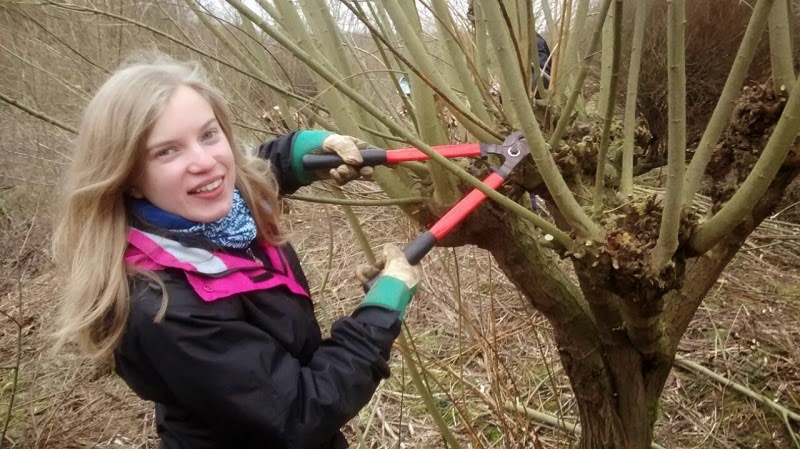As part of our crop production module we learnt how to propagate plants for habitat enrichment. Plants were grown for a new dartfrog vivarium located in the animal unit on campus. We grew various tropical species from bromeliads, squirrel foot ferns to pillow mosses. However, propagating orchids proved to be difficult.
Propagating ferns and bromeliads in the glasshouse.
Over the weeks as the plants grew larger and became too large for their pots, we had to divide them, thus creating more plants to propagate, such as the pups created by the bromeliads. The plants were kept in the glasshouse in a warm humid environment, in order to mimic their natural growing conditions. They were kept in a heat box to begin with to give them a head start . Once established, the plants were translocated to the animal unit.
Pups growing from the bases of the bromeliads.
 |
| Our propagated tropical plant collection! |
Stage 1
First clay beads were placed into the bottom of the vivarium for drainage.
Stage 2
A layer of mesh matting was laid on top of the clay beads to prevent the soil from falling through.
Stage 3
Coir (made from coconut husk) was used for the growing media, which was placed on top of the mesh. The
coir was piled up slightly higher in places to create
raised areas for planting.
Stage 4
Rocks, plants and a log with moss growing on it were placed in the coir with climbers growing up the side, in order to help hide some of the walls in the near future.
 |
| The first planted up vivarium! |
Some left over plants were used to create a second vivarium! The plants have come on quite a bit since being planted in the vivarium not so long ago.
 |
| The second planted up vivarium! |
Working in a different field alongside people studying animals has been a valuable experience allowing us the opportunity to learn about specific plants for certain habitats within the Zoo Horticulture industry,which is fast becoming a new niche market.
As a group we started the project in October 2014 and completed it in May 2015, all we are waiting for is the frogs to arrive, so they can be introduced to their exciting new environment!
-Emma-















